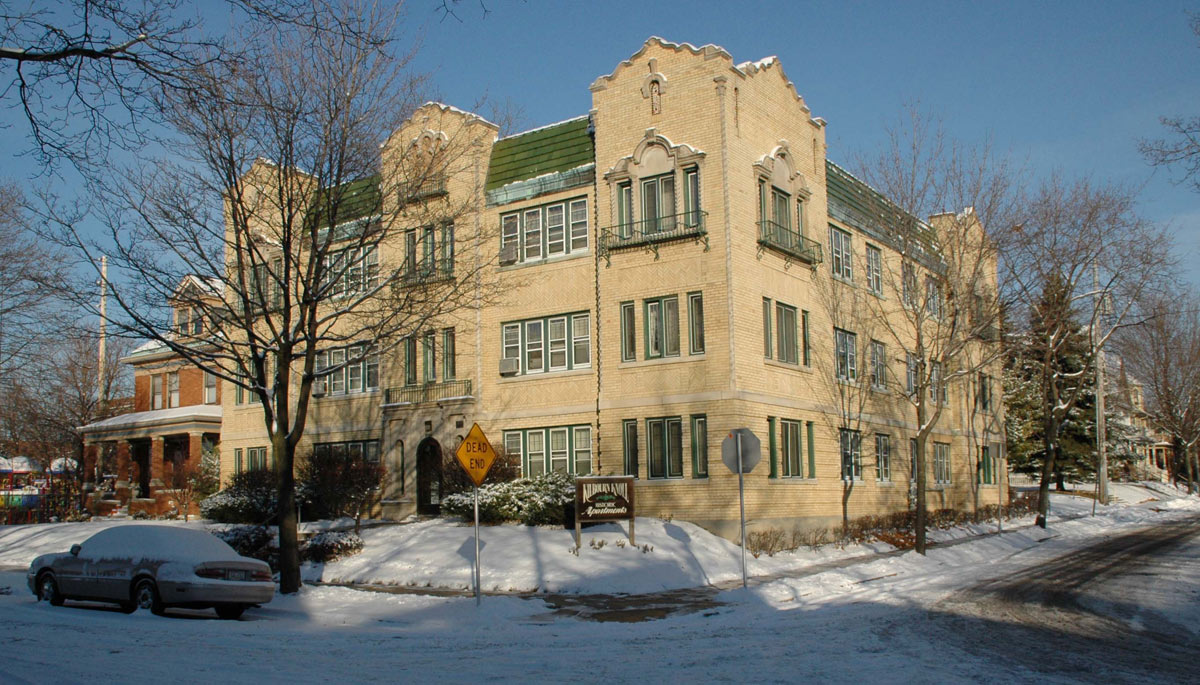WHEDA Supports Milwaukee Neighborhood Through Historic Preservation of Kilbourn Knoll Apartments
Rehabilitation projects often require more time, work, and funding than starting a new construction project. This is particularly so with historic buildings that need to preserve and restore certain characteristics and materials to their original condition. These projects typically complete a rigorous approval process to verify they comply with historical restoration requirements. However, they can turn out to be the most rewarding of endeavors.
Kilbourn Knoll, a 12-unit apartment building located two blocks from Marquette University in Milwaukee’s Concordia neighborhood, is a historic rehabilitation project that holds much reward. It was one of WHEDA’s first multifamily rehabilitation projects that successfully closed on November 17, 1989. Restoration of the 1926 building took place in 1990 and was later placed on the National Register of Historic Places. In 1990, Kilbourn Knoll’s building design won the highest award given by the Wisconsin Chapter of the American Institute of Architects. Helmut Toldt and John Hennessy were the expert developers that made this all possible. Kilbourn Knoll was Hennessy’s first project as a developer, and today, his company owns 100% of the property. Hennessy continues work in the neighborhood, including making updates to Kilbourn Knoll.
Many WHEDA multifamily developments are financed using a combination of public and private funding sources. The goal is for developers to encourage private investors to put funds into affordable housing projects, and in return, receive a tax incentive through WHEDA’s Housing Tax Credits program. The corporate investor for Kilbourn Knoll was Bank One of Milwaukee, one of the first Milwaukee corporations to invest in a housing tax credit project.
With Kilbourn Knoll, WHEDA was challenged to think beyond its traditional lending role. Kilbourn Knoll set the foundation for WHEDA’s continued support of unique multifamily deals that breathe new life into historic buildings. Other notable rehabilitation and preservation projects that WHEDA has been a part of include Franklin School and Horicon School Apartments. These projects helped increase the production of desperately needed housing units for low- to moderate-income individuals and families.
Photo credit to John Hennessy of Hennessy Group, Inc.

